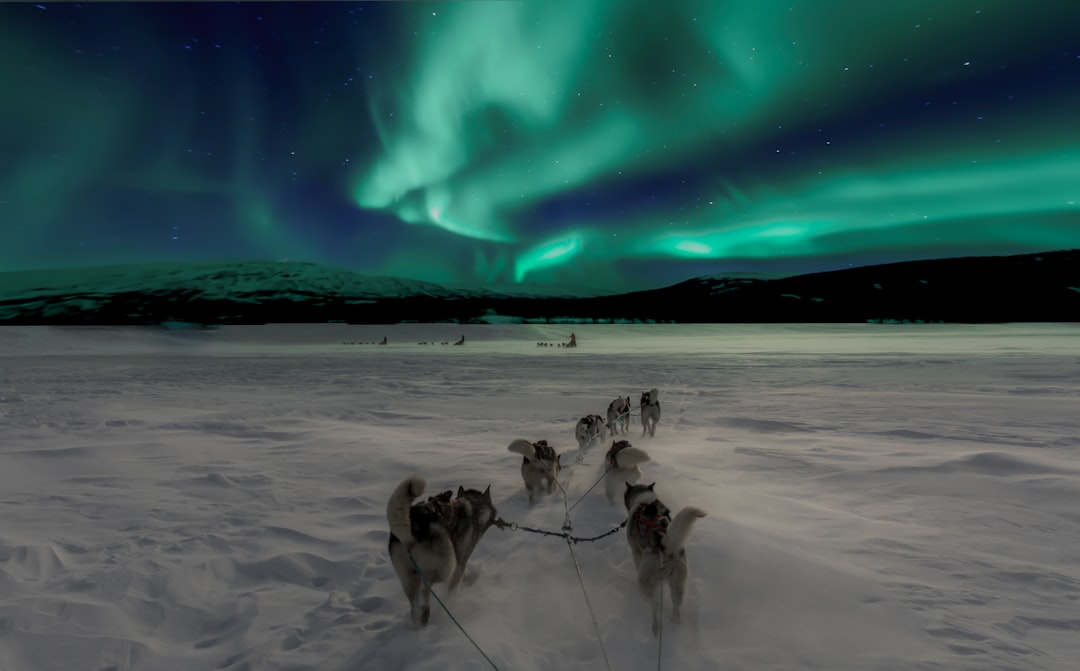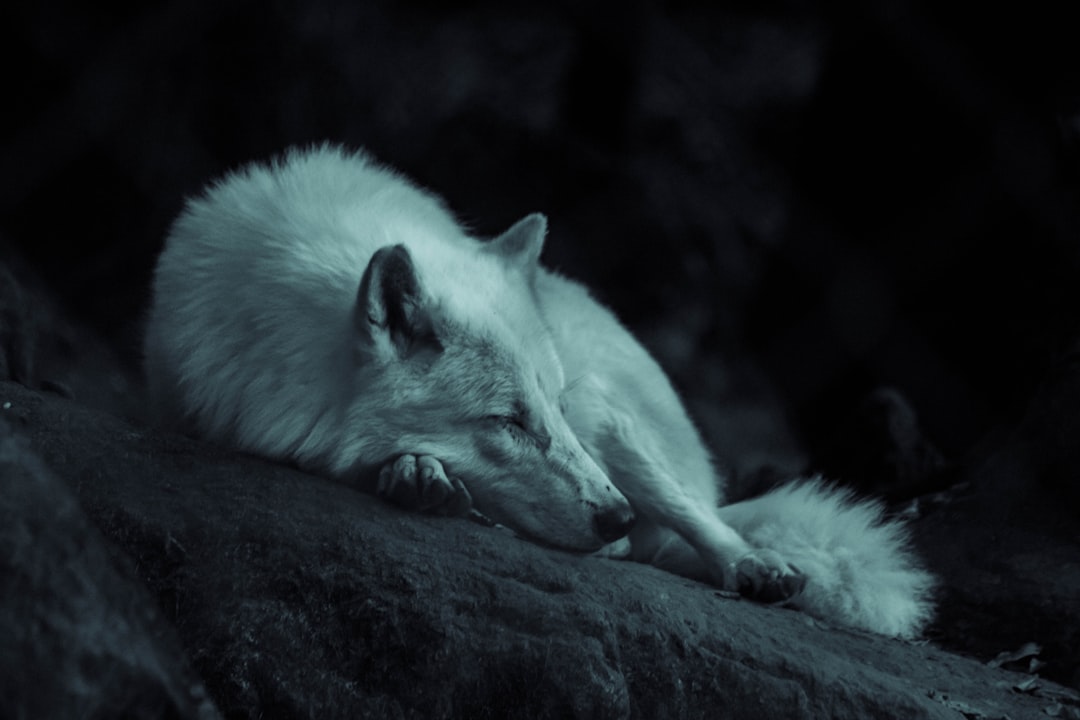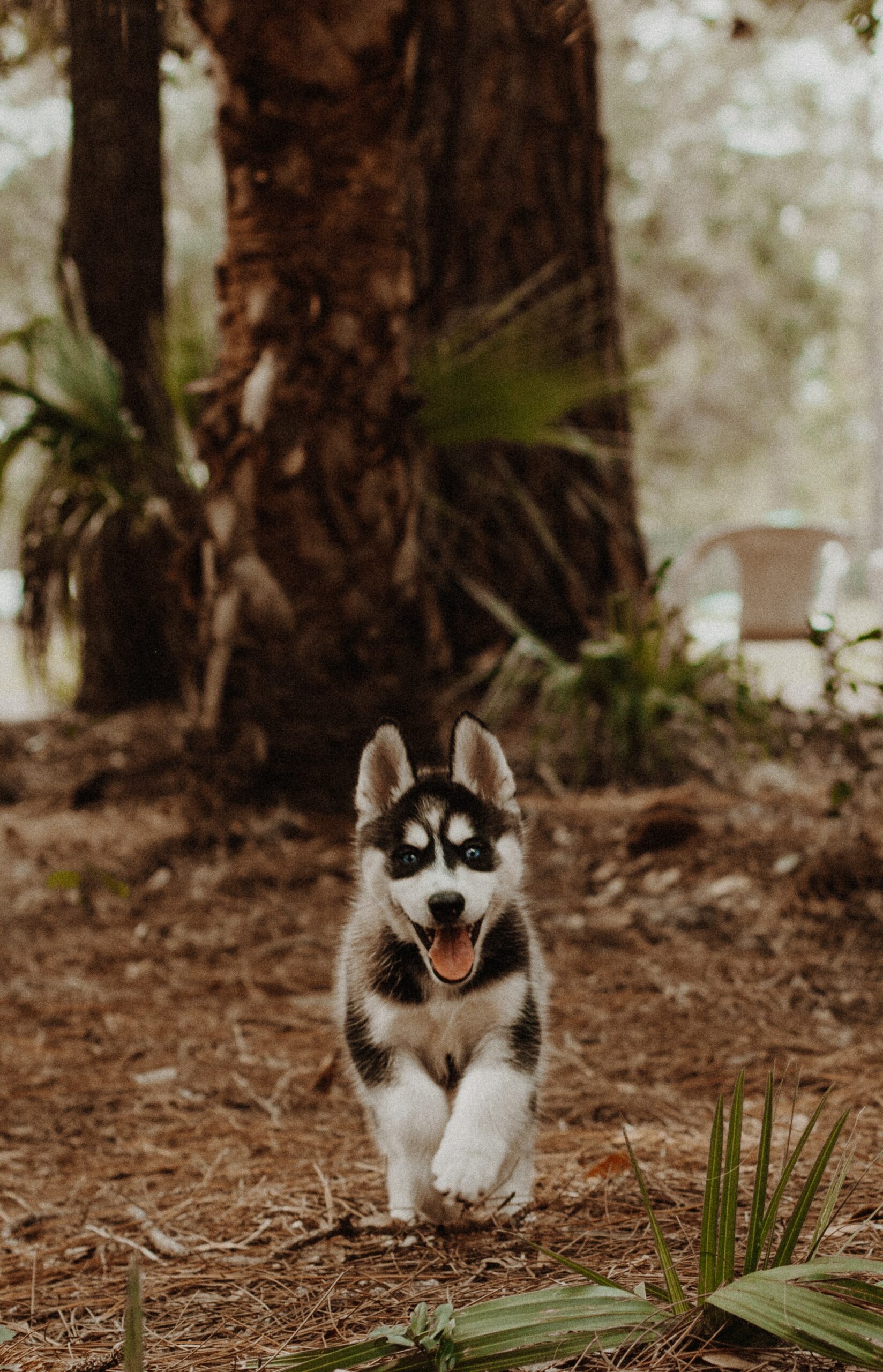The Husky Handbook: A Guide to Understanding, Caring for, and Training Siberian Husky Dogs
This article provides a comprehensive overview of the distinctive physical characteristics, temperament and behavior, health and care, and training and socialization requirements of Husky dogs, helping prospective owners make an informed decision about bringing one into their home.
Siberian Husky: Distinctive Physical Characteristics
Siberian Huskies are recognized for their unique physical features that set them apart from other dog breeds. In addition to their compact, medium-sized build, these dogs have a thick double coat that provides insulation against cold weather, making them well-suited for colder climates [2, 3]. This double coat consists of a dense undercoat and a longer, coarse topcoat, which requires regular grooming to manage shedding and keep the coat in optimal condition [2, 3]. As a result, Husky owners need to invest time in brushing and maintaining their pet’s coat to prevent matting and excessive shedding.
Furthermore, one of the most striking features of a Siberian Husky is their eyes. These dogs are known for their mesmerizing blue or multi-colored eyes, which contribute to their captivating appearance. In some cases, Huskies can have heterochromia, a condition where each eye is a different color, further enhancing their unique and alluring look. The combination of their piercing eyes and the distinctive facial masks they often display adds to the breed’s allure and appeal, making them a visually stunning and recognizable breed within the canine world.
Moreover, their medium-sized build, with males weighing between 45-60 pounds and females weighing between 35-50 pounds, contributes to their agility and endurance, traits that were essential for their historical role as sled dogs. This physical characteristic reflects their strength and stamina, which are integral to their original purpose as working dogs in harsh, snowy terrains.
 Temperament and Behavior of Husky Dogs
Temperament and Behavior of Husky Dogs
Huskies are renowned for their friendly, outgoing nature and their strong pack mentality, which makes them exceptionally social and loyal companions. These dogs thrive on companionship and are known for their affectionate and playful behavior. For example, a Husky may exhibit their friendly nature by eagerly greeting new people and enjoying interactions with family members.
Their high energy levels are a defining characteristic of the breed, requiring at least 2 hours of exercise per day to keep them physically and mentally stimulated. This exercise can involve various activities such as running, hiking, or engaging in stimulating play sessions. Without sufficient exercise, Huskies may become restless and exhibit behavior problems due to their pent-up energy. Furthermore, their inclination to howl is an innate trait, often used as a form of communication, particularly in response to certain stimuli or as a way to express their emotions.
While Huskies can be suitable for families and other pets, they may pose challenges for first-time dog owners. Their independent nature and strong prey drive require consistent training and supervision, and they need a yard with a high fence to prevent escapes. It’s essential for potential Husky owners to be aware of these behavioral traits and consider the commitment required to meet their specific needs, ensuring a harmonious and fulfilling relationship between the dog and its human family.
Health and Care of Husky Dogs
Siberian Huskies have an average lifespan of 9 years or more, making it crucial for owners to understand and meet their specific exercise and dietary needs to ensure their overall health and well-being. These energetic dogs require at least 2 hours of exercise per day to keep them physically and mentally stimulated, and their diet should consist of around 1,000 calories split over two meals to maintain their energy levels and weight. For example, activities like hiking, running, or engaging in dog sports can help meet their exercise requirements, contributing to their overall health and happiness.
In terms of health concerns, Huskies are known to be susceptible to genetic conditions, hip dysplasia, and eye issues [2, 3]. Therefore, it is crucial for prospective owners to choose a reputable breeder or organization that prioritizes the health and temperament of the dogs, reducing the risk of hereditary health problems. Additionally, considering pet insurance for Huskies is important to cover potential veterinary costs associated with these health issues, ensuring they receive the necessary medical care when needed. For instance, a comprehensive pet insurance plan can provide coverage for hereditary and congenital conditions, dental illness, and cancer treatments, offering peace of mind for Husky owners and safeguarding the well-being of their beloved pets.
Training and Socialization for Husky Dogs
When it comes to training Husky dogs, it’s important to understand that their independent and stubborn nature can pose challenges. They are known for their intelligence and self-reliance, which can sometimes make them less responsive to traditional training methods. For example, a Husky owner might find it difficult to teach their dog to consistently obey commands, especially if the dog doesn’t see the point in it. This is where early socialization plays a crucial role. By exposing Husky puppies to a variety of people, animals, and environments from a young age, they can learn valuable social skills and be more adaptable as they grow older. Early socialization can also help reduce their tendency to be aloof or wary around strangers, making them more well-rounded and sociable pets.
In addition to their training needs, the living environment for Husky dogs is an important consideration. They are best suited to homes with a yard that has a high fence, as they are known for their remarkable jumping and digging abilities. A secure yard provides them with the space to exercise and explore safely. It’s also crucial to note that Huskies thrive in colder climates due to their thick double coat and heritage as sled dogs in Arctic regions. Therefore, families considering a Husky as a pet should take into account the climate of their location and ensure they can provide the necessary conditions for the dog’s comfort and well-being. Lastly, Huskies have a strong prey drive, which means they should always be supervised around small animals to prevent any potential chasing or hunting behavior. Despite these considerations, when properly trained and socialized, Huskies can be incredibly affectionate, playful, and loyal companions, making them a delightful addition to the family [2, 3].
 Conclusion
Conclusion
In summary, Siberian Huskies possess a combination of physical characteristics and behavioral traits that make them truly unique. Their distinctive physical features include a compact, medium-sized build with males weighing 45-60 pounds and females weighing 35-50 pounds, a thick double coat designed for cold weather, and striking blue or multi-colored eyes with facial masks [2, 3]. These physical attributes make them well-suited for their original purpose as sled dogs in cold climates.
In addition to their physical traits, Husky dogs have specific care needs and training considerations. They require at least 2 hours of exercise per day, regular grooming to manage shedding, and a high-quality diet with around 1,000 calories split over two meals to maintain their health and vitality. Furthermore, their temperament and behavior, such as their high energy levels and howling tendencies, make them better suited for experienced dog owners who can provide the necessary mental and physical stimulation.
Prospective owners should carefully evaluate the information provided before deciding to bring a Husky into their home, ensuring that they can meet the unique requirements of these remarkable dogs. It’s important to consider their exercise needs, grooming requirements, and the challenges associated with their independent and sometimes stubborn nature. While Huskies can be incredibly rewarding companions, it’s essential for potential owners to be fully informed and prepared for the responsibility of caring for these stunning and spirited animals.


